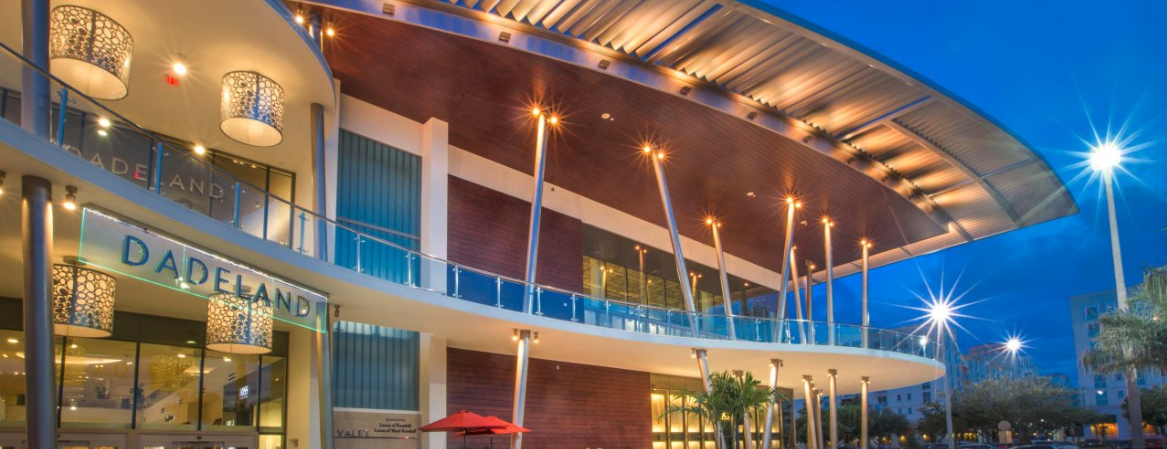COMMONLY SERVICES INSURANCE CLAIMS TYPES MASTER ADJUSTERS SERVICES IN THE CITY OF KENDALl:
Hurricane & Wind Damage Insurance Claims in the city ofof Kendall
Typically a property insurance policy covers direct physical damage from windstorm.
If direct physical damage is obvious, such as entire roofs/walls or portions of roofs/walls blown away, then a coverage determination becomes easy. Then the major concern for the city of Kendall residents...
Roof DamageInsurance Claimsin the city of Kendall
Roof Damage
Insurance Claims
in the city of
Kendall
Roof damage claims can be difficult to navigate for many policyholders in large part because roof damage is often difficult to accurately assess. Insurance adjusters at the city of Kendall may incorrectly attribute storm-related roof damage to preexisting factors or routine wear and tear.
MORE
In some cases, roof damage may exist but remain undetected for long periods due to the claim adjuster’s neglect to thoroughly investigate and evaluate the extent of damage. Master Adjusters have been serving the city of Kendall for over 8 years...
Water and Flood DamageInsurance Claimsin the city of Kendall
It’s not hard to understand that most people do not understand the affects of water damage or even understand the insurance claim process itself. Simply, because it’s something that you may only go through once in a lifetime. It’s for this reason you should have professionals assisting you at the city of Kendall with such damage. If improperly handled, water can cause significant and costly damages and/or sickness in your home or building.
MORE
There are different types of water as well as different levels of damage to consider. Master Adjusters have been serving the city of Kendale Lakes for over 8 years...
Fire DamageInsurance Claimsin the city of Kendall
Fire Damage
Insurance Claims
in the city of
Kendall
Fire claims are particularly complex for the insured, and usually expensive for the insurance companies.
MORE
Do not expect the insurance company to be very accommodating. For most fire claims at the city of Kendall, the insurer will thoroughly investigate the circumstances of the fire to prevent fire claim fraud, and take measures to minimize their losses.
The days following the fire are crucial for the positive outcome of your insurance claim. Master Adjusters have been serving the city of Kendall for over 8 years...
Mold DamageInsurance Claimsin the city of Kendall
In the past, mold damage claims were covered under most property insurance when it resulted from a covered peril, such as a sudden plumbing leak, fire control, storm or other cause covered by your property insurance policy for the city of Kendall residents.
MORE
Concerns have increased due to public awareness and scientific knowledge about mold and its health related hazards. The clean-up, removal and remediation techniques are costly and hazardous to the personnel completing them. In response to the public concerns, insurance carriers are removing such coverage from their policy forms regardless if it results from a covered peril. In some instances, the insurance companies offer a limited coverage for mold/fungus for an additional premium. Master Adjusters have been serving the city of Kendall for over 8 years...
Kendall is a census-designated place in Miami-Dade County, Florida, United States. At the 2010 census, the area had a population of 75,371. While the US Census Bureau has defined the boundaries of Kendall, many locals have their own definitions. Some believe the communities of West Kendall, Glenvar Heights, Sunset, Olympia Heights, Westwood Lakes and Tamiami to all be sub-communities of Kendall, Miami while some people also believe the neighborhood of The Falls to be a separate entity.
Kendall is served by the Miami Metrorail at Dadeland North and Dadeland South stations in its northeastern end. Both stations provide metro service from Dadeland to nearby commercial centers like the City of Coral Gables, Downtown Miami, and Miami International Airport. Dadeland South station is a major transit depot in the area, connecting the southernmost cities of Homestead and Florida City to Metrorail via limited-stop bus rapid transit along the South Miami-Dade Busway. Much of what is now Kendall was purchased from the State of Florida in 1883 by the Florida Land and Mortgage Company. It was named for Henry John Broughton Kendall, a director of Florida Land and Mortgage who moved to the area in the 1900s to manage the company's land. As the land was not open to homesteading, development was slow well into the 20th century. A post office opened in 1914, and the first school opened in 1929. After the end of the land boom in 1926, some residents left. Two Seminole camps were in the Kendall area, and Seminoles continued to live there into the 1940's.
Dadeland Mobile Home Park neighborhood near Kendall destroyed by Hurricane Andrew in 1992.
In August 1992, Kendall and the surrounding South Dade area were severely damaged by Hurricane Andrew. Many of the homes and businesses in the area were destroyed. In the subsequent years, the area was slowly rebuilt. Kendall is located at 25°40′0″N 80°21′24″W (25.666781, −80.356533).
According to the United States Census Bureau, the Kendall region has an approximate total area of 16.3 sq mi (42.3 km2); 16.1 sq mi (41.8 km2) of it is land and 0.23 sq mi (0.6 km2) of it (1.35%) is water. In 2010, there were 31,899 households and 8.7% were vacant. In 2000, 33.4% households had children under the age of 18 living with them, 51.0% were married couples living together, 13.8% had a female householder with no husband present, and 31.0% were non-families. 24.4% of all households were made up of individuals and 7.3% had someone living alone who was 65 years of age or older. The average household size was 2.61 and the average family size was 3.14.
In 2000, 23.3% of the population were under the age of 18, 8.6% from 18 to 24, 31.8% from 25 to 44, 24.9% from 45 to 64, and 11.5% who were 65 years of age or older. The median age was 37 years. For every 100 females, there were 88.5 males. For every 100 females age 18 and over, there were 83.4 males.
In 2000, the median household income was $51,330 and the median family income was $61,241. Males had a median income of $42,875 and females $31,416. The per capita income was $27,914. About 5.7% of families and 8.6% of the population were below the poverty line, including 8.0% of those under age 18 and 10.9% of those age 65 or over.
In 2000, 52.46% of residents spoke Spanish at home, while those who spoke only English comprised 40.38%,. Speakers of Portuguese were 1.49% of the population, French 1.12%, and French Creole 0.95%.
In 2000, Kendall had the twenty-first highest percentage of Cuban-American residents in the United States, at 21.3%. It had the twenty-fifth highest percentage of Colombian residents in the US, at 4.56%, and the sixteenth highest percentage of Nicaraguan residents in the US, at 2.48%. It also had the twenty-fifth most Peruvians in the US, at 2.01% (tied with Carteret, New Jersey,) and the tenth highest percentage of Venezuelan residents in the US, at 1.47%. As a result of the city's large French community, the French American School of Miami is located in Kendall. Kendall is also the home of Sofigi.*
Source:





